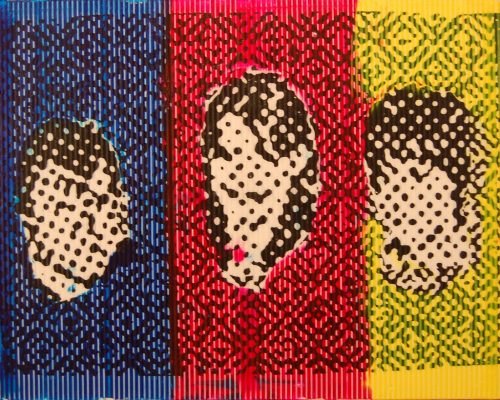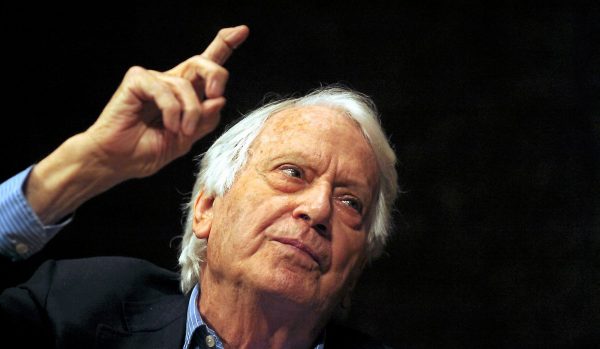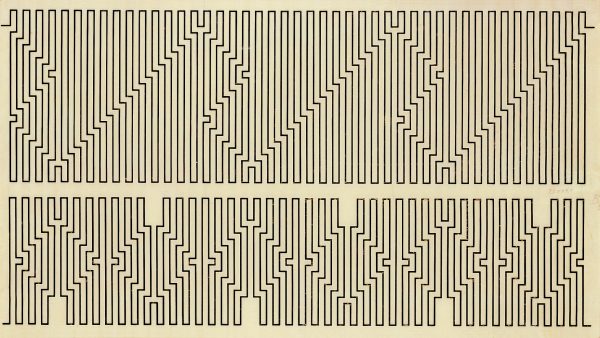So many things are ‘over’ now that all the post- and neo- prefixes are themselves suffering from fatigue. Even ‘after’ is so finished that it can’t be formulated with much more than ironic speculation on the downward spiral of exhaustion. Or so it seems if one looks at what is on display in the high-profile galleries and museum shows, alternative exhibition spaces, or in publications dedicated to critical writing.
Forms of fatigue show up as work that is derivative, second- and third-generation neo-conceptual, post-studio, dully didactical or pseudo-political. Someone copies Raymond Pettibon or Jason Rhoades or Tracey Emin and gets half a room in a museum show. Someone else imitates Richard Tuttle or Mona Hatoum and gets a write up about their radically innovative informalism. Third- or fourth-hand comments on media culture, identity politics, appropriation, ethnography, and institutional critique parade through galleries and exhibition halls. Even when not flagrantly careerist, much of the work is merely conformist, conceived within the terms of the academic formulae that replicate models of aesthetic activity whose roots track back to nineteenth-century aspirations for a now (regrettably) long-vanished socialist utopianism. The idea that the broken world could be fixed by fine art serving as the moral conscience of the culture and using a combination of intervention and provocation might be as ‘over’ as the tired recycling of formal and conceptual strategies from the inventory of contemporary art.
Thus the urgent need to conceptualise what comes after that state of ‘after’. We need to replace a nineteenth-century model (in which individual artists make rarefied objects and/or events to prod the sleeping populace into revolutionary action) with a systems-based approach based in nodal and networked conceptions of artist and work, and ecologies of resonance and dissidence. Only then will the ‘after’ of art be re-set within the terms of a vital new aesthetics.




